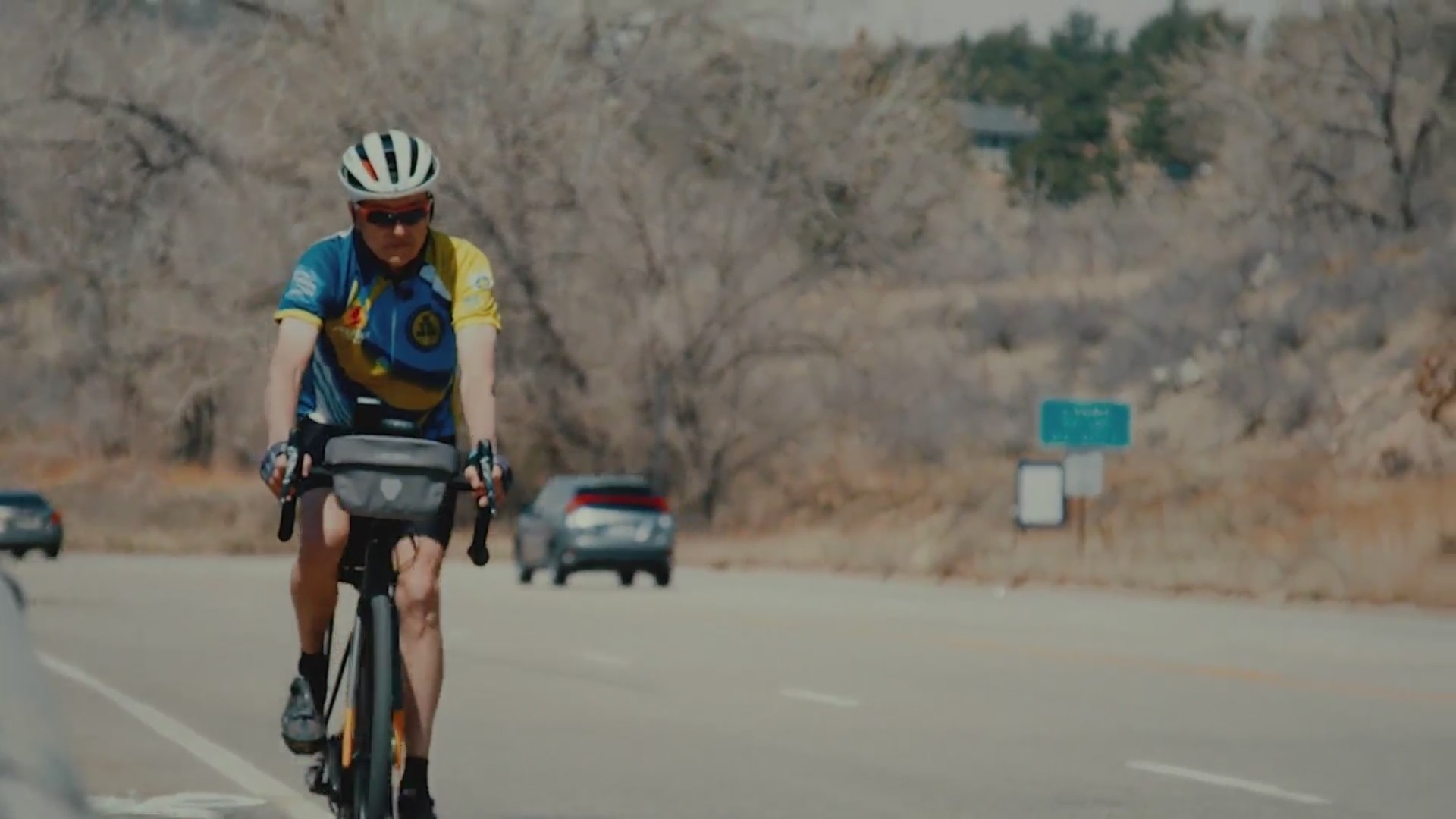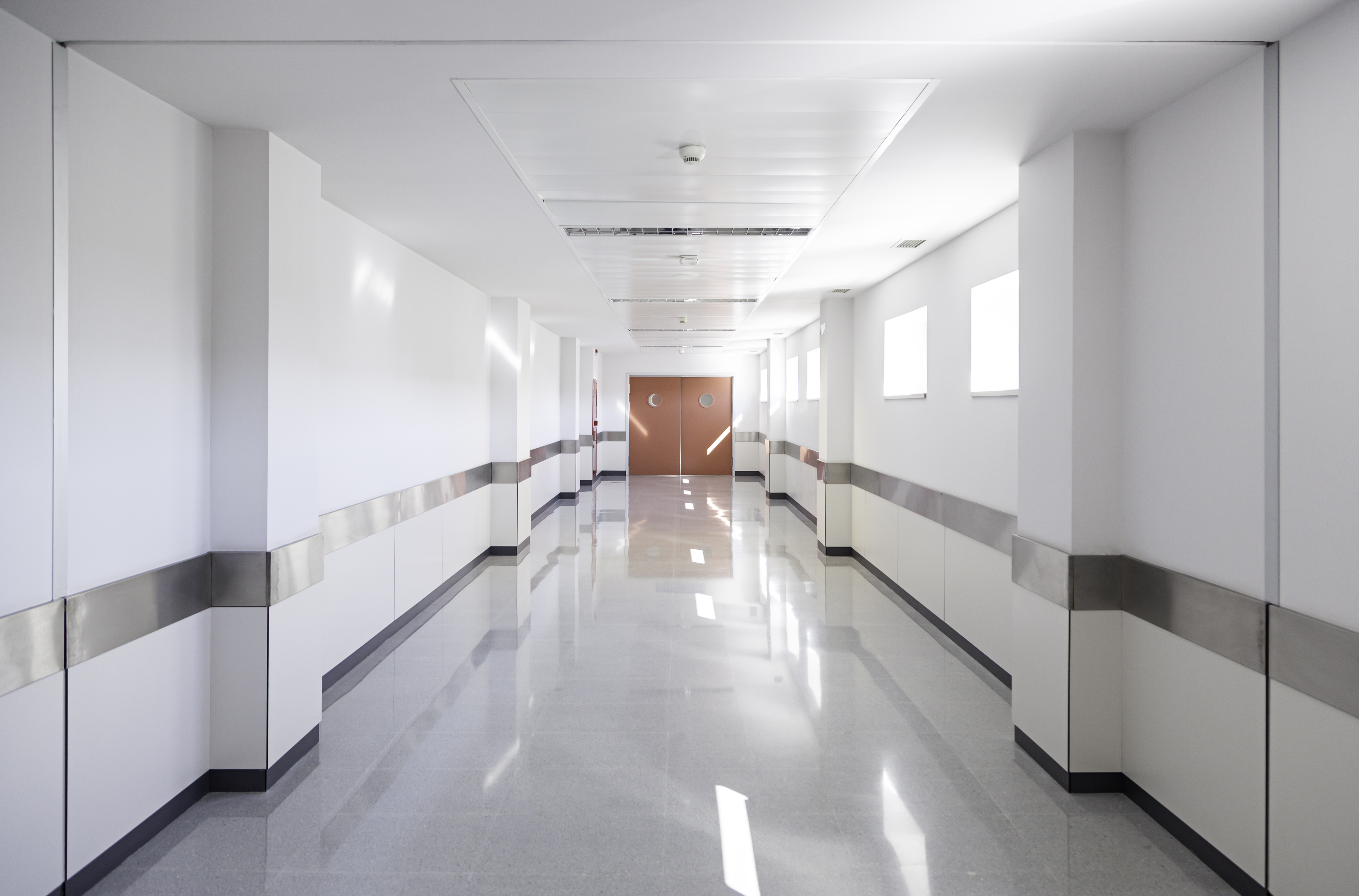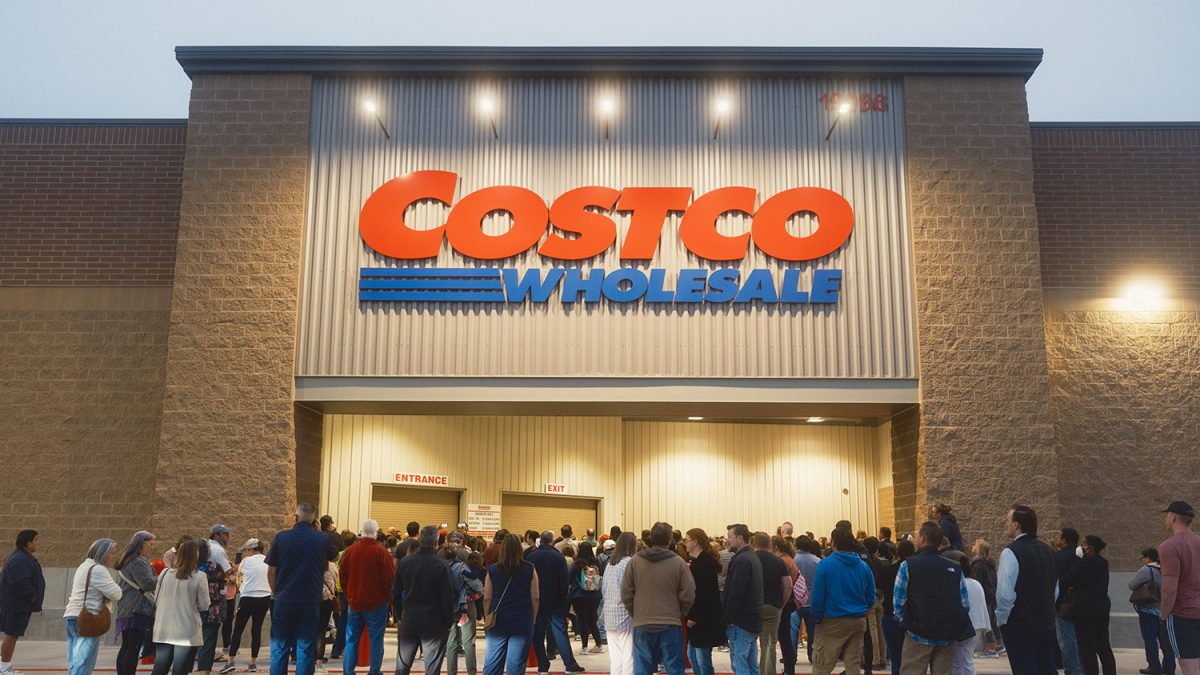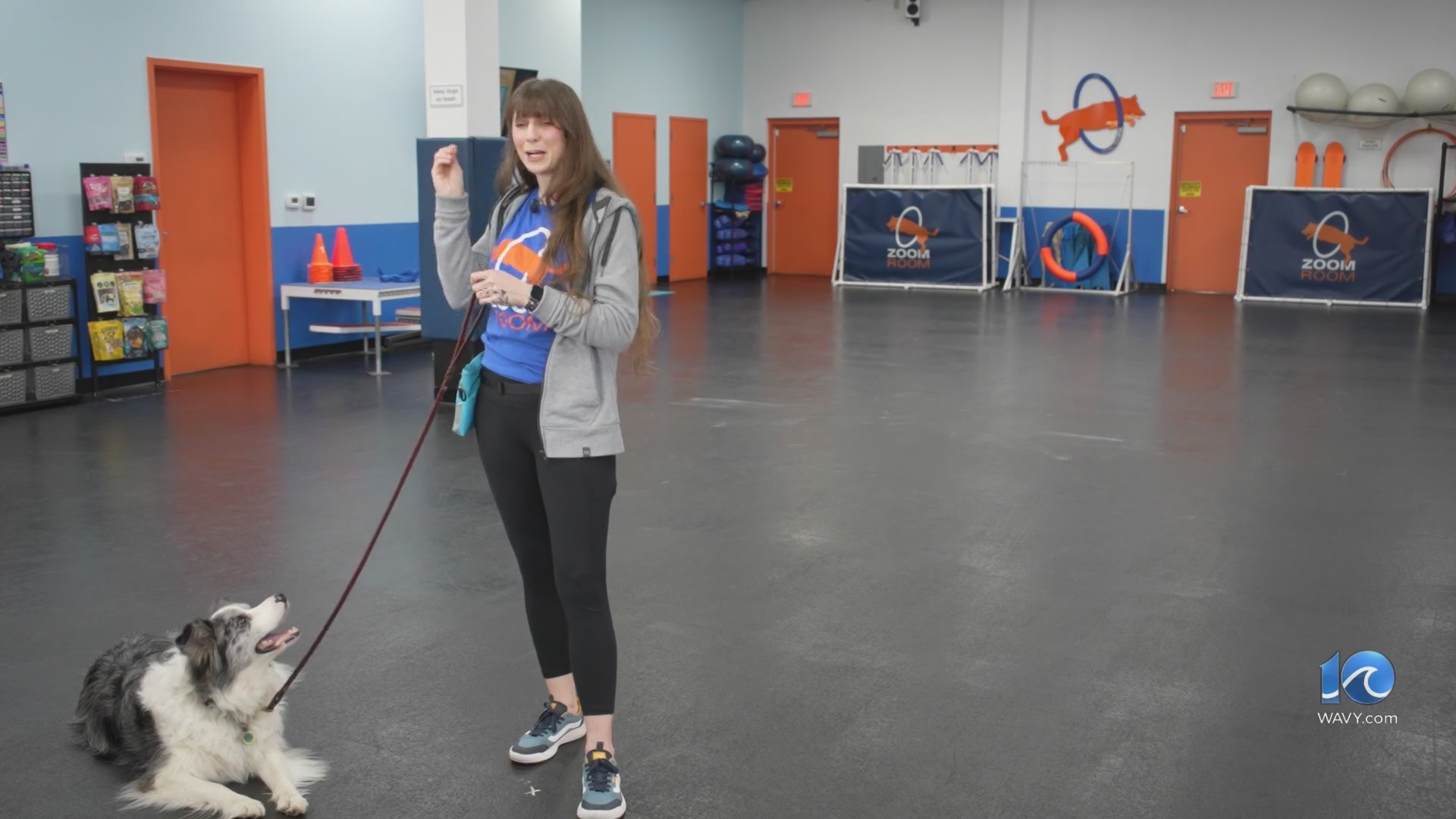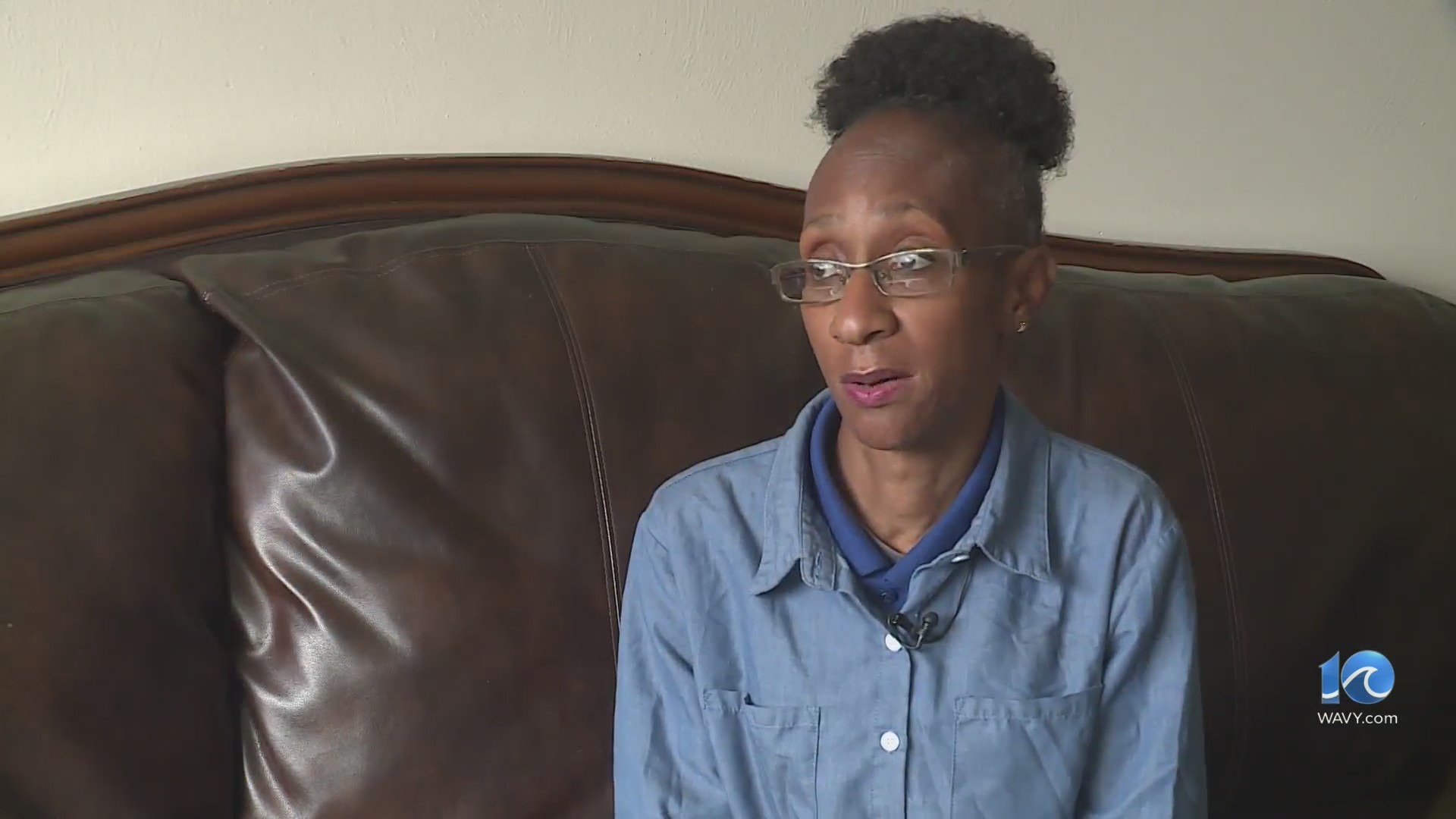SAN DIEGO (Border Report) — The Otay Mesa East Port of Entry was supposed to be operational by the end of this year, but the site where it’s to be built is covered with tumbleweeds and dirt and the project is mired in delays and bureaucracy.
“It will be such a change agent and an opportunity to bring these regions together,” said Ken Salazar, U.S. Ambassador to Mexico.
Salazar spoke about the stalled project during a news conference on Tuesday morning in San Diego.
“We need a modern new border crossing,” he said. “Otay Mesa East, it’s not completely done yet, but we’re getting close, we’re going to have it here in the next couple of years.”
Otay Mesa East, also called Otay Mesa II, is a joint venture by the California Department of Transportation and the San Diego Association of Governments.
Recently, both agencies said the delays are due in part to pending agreements with the federal government related to operation and maintenance roles and responsibilities.
Delays in funding have also plagued the project.
Back in June, Joaquín Luken, executive director of the Smart Border Coalition, said lack of money for the U.S. Customs and Border Protection personnel who will be assigned to the new port of entry was another impediment.
Both Caltrans and SANDAG say in spite of delays, they have made consequential strides in getting the project done.
On Wednesday, they issued the following statement:
“The State of California has made significant investments to support this project. In preparation for its construction, SANDAG and Caltrans have completed 7 new bridges, 3 interchanges, State Route 11, 17 miles of fiber optic cable, international utility relocations, and 7 air quality monitor installations. We continue to negotiate with the federal government to solidify the final details of the fully funded Otay Mesa East Port of Entry project and upon approval by the federal government, construction is anticipated to begin next year.”

More than $2.7 billion has been invested in the Otay Mesa area, according to SANDAG.
It has also stated that $1.3 billion was used to build SR-11, a new highway that will tie the port of entry to the San Diego’s highway system.
That roadway is complete except for a final stretch that will lead traffic in and out of the port of entry.
Salazar remains optimistic about the project.
“It will get done soon,” he said. “It’s an opportunity for us to look at our own processes and see how it can be done better: Why do things take so long; what is functioning; and what is not functioning to be able to do it better on projects up and down the border.”
While the port of entry is yet to be built on the U.S. side of the border, the border crossing is almost done on the Mexico side.
When complete, the facility will charge a toll in both directions and will be accessible to commercial trucks as well as regular vehicles.
The goal now is to have it done by 2027.


